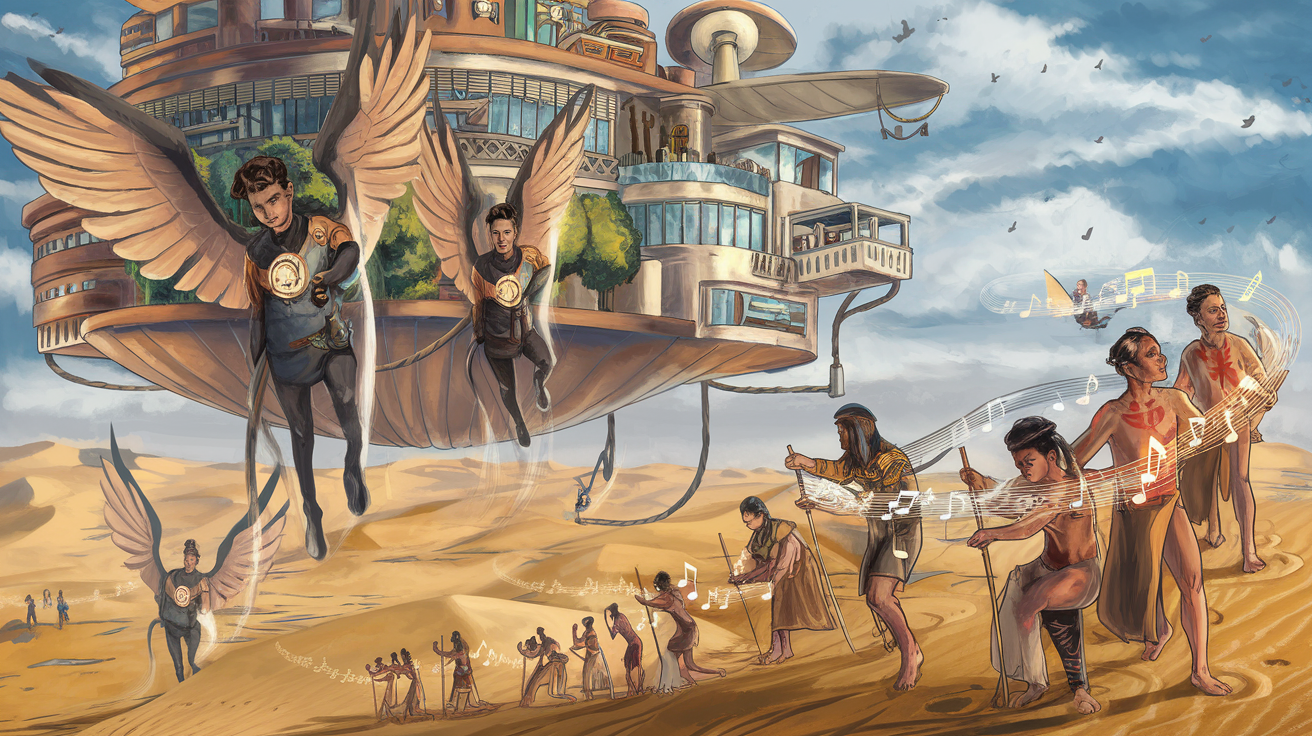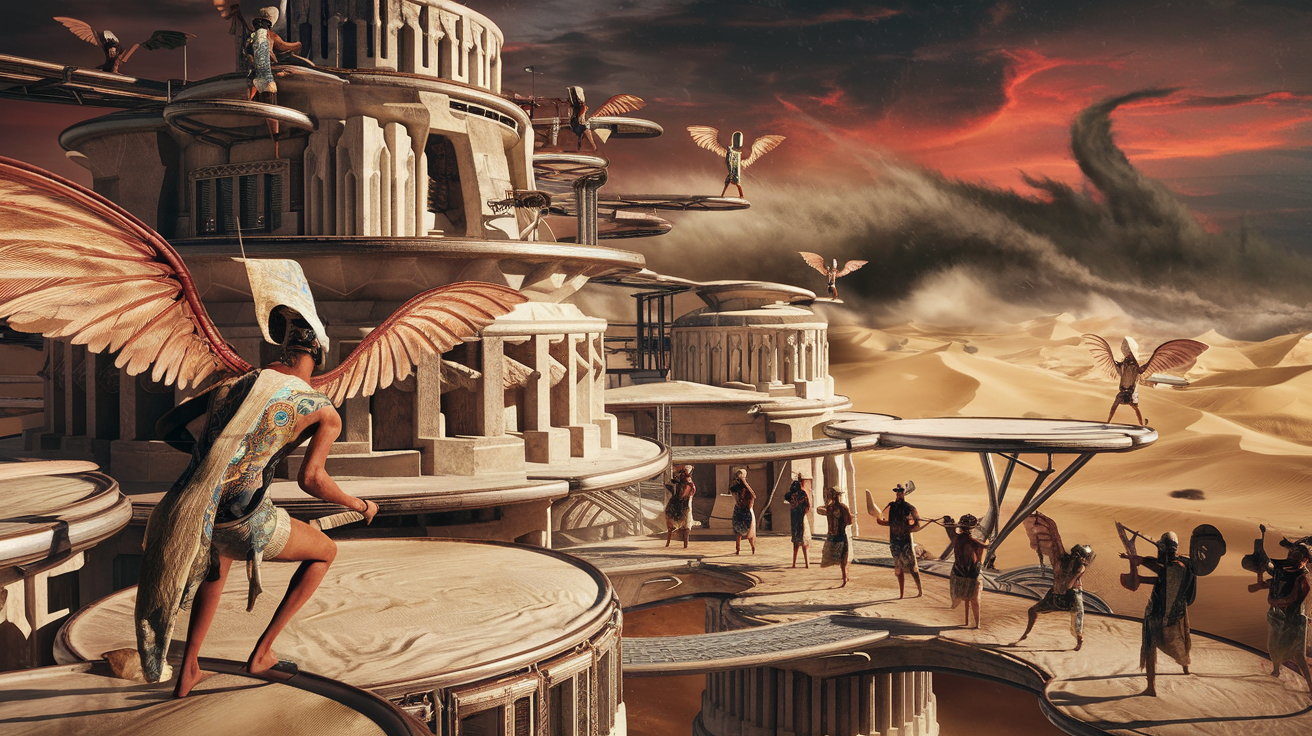Have you ever dreamed of building an entire world from the ground up, one where every corner hides a story, and every character feels alive? Starting can feel overwhelming, but the truth is anyone with a spark of imagination can craft immersive worlds.
You don’t need a massive budget or a team of specialists—just your creativity and a little guidance.
Key Points:
- Start with a solid foundation—geography, history, and culture matter.
- Focus on characters that feel real.
- Build conflict and stakes to keep readers hooked.
- Details create depth but avoid info-dumps.
- Keep evolving your world organically.
Start with the Skeleton of Your World
Every great world begins with its bones—geography, history, and culture. Think about where your world exists. Is it a barren desert where survival means fighting for water, or a lush jungle teeming with hidden dangers? Sketch a rough map. Don’t overcomplicate it, though—basic landmarks are enough to guide your story.
Consider the backstory of the place. Did a massive event shape its society? Maybe a lost civilization left behind strange ruins. Your history doesn’t need to rival a history textbook—just enough to give the place texture.
Culture is where it all comes alive. Festivals, customs, and the way people talk or interact make your world more believable. Even small details, like a superstition or a type of food, can add richness. And if you ever feel stuck, remember you can expand your ideas by checking out tools like My Adventures. It’s perfect for fleshing out every detail.

Characters ─ The Soul of Your World
Characters breathe life into any story. Forget flat heroes and villains. People are complicated. Give them flaws, quirks, and motivations that feel real. Why does your hero care about saving the day? Why does your villain believe they’re right?
A good character comes with layers. Maybe they’re brave but hate public speaking. Maybe they’re kind but fiercely protective of their secrets. Keep their goals tied to the world itself—it’s a subtle way to make everything feel interconnected.
Build Conflict That Feels Personal
Conflict drives everything forward. A perfect world where everyone gets along is boring. Maybe your characters fight to survive against natural disasters, political schemes, or even their own inner demons.
Three key questions to keep in mind:
- What does each character want most?
- What stops them from getting it?
- How does your world play a role in their struggles?
The stakes don’t need to be world-ending—personal stakes can feel even more compelling.
Add Layers Through Details
Details make a world feel real, but don’t overwhelm people. No one wants to wade through pages about the history of a kingdom’s tax system. Sprinkle small, meaningful details instead.
Describe the things that matter to your characters. The type of boots they wear after trekking through a muddy forest. The eerie silence of a cursed village. Avoid cramming every detail into the same scene—less is often more.

A Quick Tip List for Detail Balance
- Focus on what characters notice—weather, smells, or textures.
- Tie details to action.
- Edit out anything that doesn’t move the story forward.
Let Your World Evolve
Worlds shouldn’t feel static. As your story grows, so should your world. Introduce new locations or traditions naturally. The world should feel like it’s alive and changing with the characters.
Think of it like a video game. You explore more as you progress, uncovering secrets and unlocking new areas. That’s exactly what makes something like My Adventures such a fascinating tool—it captures the ever-growing nature of a living world.
Common Pitfalls to Avoid
- Overloading with details ─ You want depth, not a data dump.
- Flat characters ─ A world is only as interesting as the people within it.
- Ignoring consistency ─ Rules need to stay the same, even if they’re magical.
Craft Unique Societies
A world feels more alive when its societies stand out. Think beyond generic kingdoms and empires. Imagine a floating city where trade relies on winged messengers or a desert tribe that uses music to navigate sandstorms. What makes a group tick? Their values, traditions, and way of life should tie into their environment and history.
The way people interact with each other also matters. Are relationships formal or casual? Do social hierarchies dominate or is equality the norm? Even small details, like how people greet each other or celebrate milestones, can make a culture feel distinct and real.

Use Technology or Magic with Purpose
If your world includes technology or magic, give it rules. A system without limits quickly feels random and cheap. What can it do, and what can’t it? For instance, powerful magic might drain the user’s life force or require rare resources, keeping it from being overused.
Think about how these elements impact daily life. Does everyone have access, or is it restricted to a select few? Technology or magic should shape the world, creating opportunities and problems for your characters. Without thoughtful integration, it risks becoming a flashy but hollow gimmick.
Make Nature a Character
Don’t treat your world’s environment as a backdrop. Make it an active force. A raging sea could isolate an island nation, or a sprawling jungle might hide ancient ruins and dangerous creatures. Natural elements create challenges and opportunities for your characters to interact with the world.
Seasons and weather can add subtle storytelling layers. A harsh winter might test your characters’ resilience, while a blooming spring could symbolize hope and renewal. Treat nature as an unpredictable and dynamic character—it’s an easy way to keep your world engaging.

Bringing It All Together
World-building doesn’t need to be intimidating. Start small, focus on what feels natural, and keep building piece by piece. Think of your world like a puzzle. Each element, from characters to geography, fits together to create something bigger.
And remember, the most important part of any world is how it makes people feel. If it sparks curiosity or tugs at emotions, you’ve done your job. So grab a notebook (or your keyboard) and start crafting. Who knows what amazing worlds are waiting to be born?




